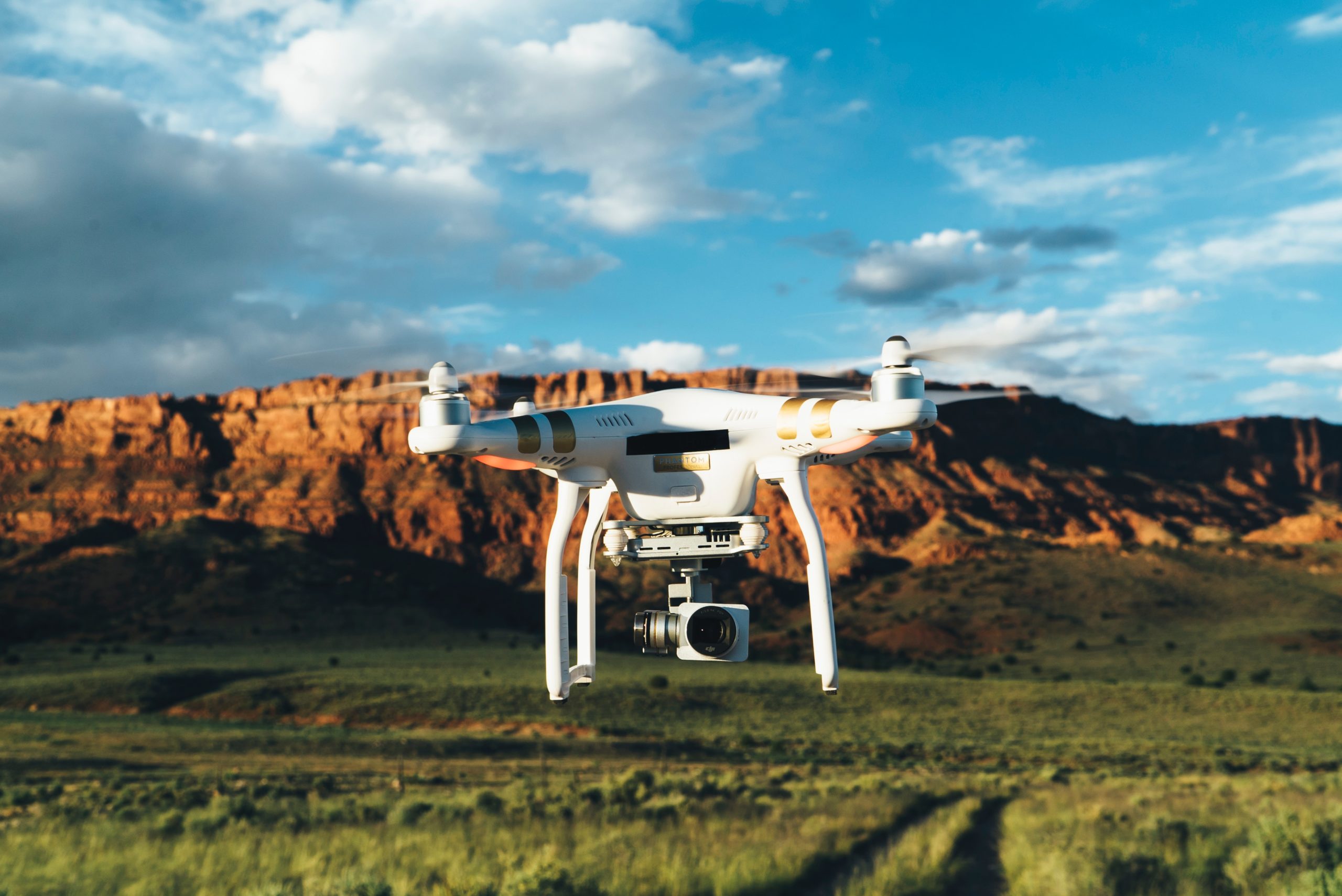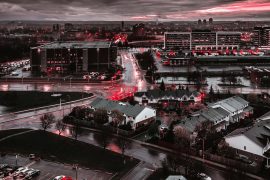PwC predicts that the market for commercial drone applications will reach $127 billion when at full force, with infrastructure being the industry with the greatest prospects.
Construction, agriculture, and transport, among other industries, it predicts, are to be revolutionized using drone-powered solutions. Infrastructure alone (the value of current business services and labour that would eventually be replaced by drones), is estimated to come in at $45.2 billion.
Unlike drones for consumers, professional drones are built to perform more heavy duty tasks. Professional drones are built of more rugged materials (like carbon fiber), have longer air time (an average of 60 minutes, as opposed 20 minutes on mainstream drones), and can even lift a few kgs. They are also fitted with equipment that can facilitate manual tasks, such as maintenance.
The technology does not only cut costs over time and speed up processes, but also provides safety for workers that would otherwise need to be put in life-risking situations to get a job done, like bridge inspectors.
Atlas Dynamics, a Latvian startup company with Israeli roots, managed to gather $8 million in funding to complete its development on Visual Line Of Sight (VLOS) and Beyond Visual Line Of Sight (BVLOS) technologies.
Atlas mainly focuses on providing off-the-shelf autonomous drone-based solutions for professional use. Atlas Pro, the company’s flagship drone, is a sturdy-yet-lightweight carbon fiber rig with a 50 km range. The drone comes with its corresponding piloting software, as well as, an on-board computer to analyze data gathered by the attached payload of choice.
In another report by PwC, drones are estimated to tackle a $13 billion transportation industry. Besides changing the delivery industry, professional drones are to overtake monitoring transportation routes by setting up aerial-based 3D models of lands and structures, reporting any areas where maintenance is needed, as well as, assessing inventory on a site.
tOn other fronts, professional drones have been used to look out for nature in Africa. Cameras installed spot wild animals and poachers, analyze the data in real-time and warn operators, who, on their part, can notify the authorities.
A particularly honorable mention goes to Facebook’s drone, Aquila, that aims to fly around the world, using solar power, providing internet access to remote developing areas. The drone passed its first flying test on July 3rd.












